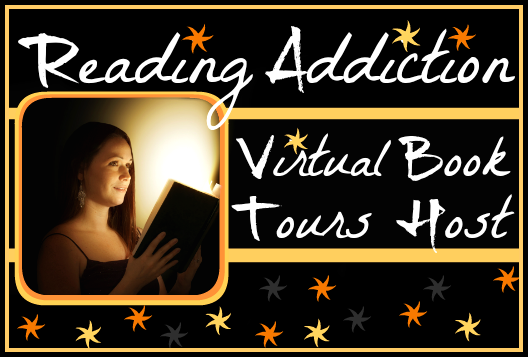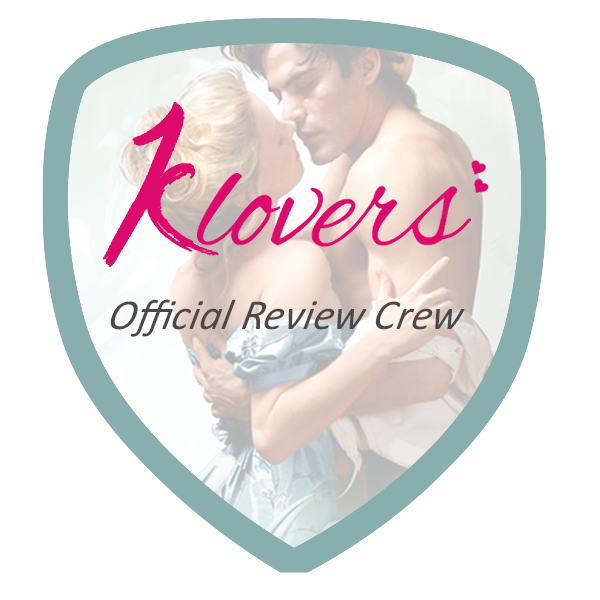A Curious Collection of Information about the English Language
Nonfiction
Date Published: June 11, 2023
Publisher: Mindstir Media
David Helton (Illustrator)
In What’s the Difference, the distinctions between similar words are
explored. Words such as cemeteries and graveyards, cougars and pumas, oceans
and seas are explained, as well as seltzer water and club soda, milk and
buttermilk, buffalo and bison.
Words that we frequently use interchangeably often have subtle differences,
and sometimes have significantly different meanings. This book provides a
fun look into the array of words in the English language that have similar
meanings.
EXCERPT
Preface
Some time ago, I was on a family vacation, driving with my kids in southern Ohio to a week’s stay in a rustic cabin in Lake Hope State Park, a park that we had found to be a great destination for relaxation, swimming, and hiking. As we approached the park, we passed a wetland that had a sign identifying the area as a marsh. “Looks like a swamp,” I said. “I wonder what the difference is between a marsh and a swamp?” We all had some ideas about what the difference was and we talked about those ideas. Later, we looked up the definitions and had a better understanding that the difference related to the porosity of the soil and the type of vegetation in the wetland.
Later during that week, we hiked up to the old pioneer cemetery in the woods near the place where the town of Hope, my grandfather’s boyhood home, now long disappeared, had once stood. My son asked if I knew the difference between a graveyard and a cemetery. When I said that I didn’t, he informed me that a graveyard related to the proximity of a church, while a cemetery was a community burial place—a need that developed when graveyards became overfilled and began to cause sanitary and health issues.
On those and many later occasions, I would find myself wondering about the difference between this or that, ordinary everyday things that seemed similar: swamps and marshes; graveyards and cemeteries; blackberries and black raspberries. Frequently during conversations with my family, someone would ask, “What’s the difference between a sea and an ocean?” or “What’s the difference between a maze and a labyrinth?” or “What’s the difference between sand and quicksand?”
Over the next months and even years, we began to think of more of these types of similar items. It became kind of a game with us and a few friends to ask whether we knew the difference between one thing and another. Frequently, one of us would already know the answer and wanted to test the others or to pass on a bit of trivia. We began to think of additional items: carousel and merry-go-round; hurricane and cyclone; lasso and lariat. We might think we knew the answer, but often we were wrong. Sometimes it turned out that the difference was slight or that there was no difference. When we would look to find the answer, there would be some confirmations (a hog is bigger than a pig), some surprises (a merry-go-round and carousel can rotate in different directions), and some things that we had not even considered (why some drinks should be stirred and some should be shaken). As the list, both written and mental, expanded, we often tested each other’s memory. When the subject would come up, we could almost see the mental wheels turning as each of us tried to think of a new item.
I started to keep a record on pieces of paper, napkins, a torn piece of newspaper—wanting to record the idea before it slipped away. As the list grew, I became interested in putting the items together for our own fun. Eventually, the idea of this book developed. I was surprised at how often the question surfaced. While touring in historic Williamsburg, I was told the difference between an axe and a hatchet, and a bit of a history of prescription and non-prescription medicines. Often in old churchyards, guides would talk about the evolution from graveyards to cemeteries. And while visiting an old mansion, a tour of the building’s nooks and crannies was offered. The list continued to grow. When someone would ask, “What’s the difference between [two things]?” our joke became, “It’s in the book.”
This collection of items that are similar, different, or the same is a look into language and its purposes and history. And it’s a look into how to tell whether an animal is a crocodile or an alligator, if a body of water is a strait or a channel, or if a piece of land is an isthmus or a causeway.
The explanations included here are not intended to be exhaustive, but to examine the key differences between one thing and another. Seeing the differences between two or three things might provoke an interest in exploring a topic further. I know it has for me. In looking at the difference between an enclave and an exclave, I found it fascinating to do some reading about where these pieces of land can be found and how their boundaries became what they are. It was fascinating to learn that the Northwest Angle, a piece of land that is part of the United States but accessible on land only through Canada, was created by a mistake in map reading.
This book is organized by grouping into categories of items that seem to relate to the same overall topic. Other miscellaneous items are interspersed throughout. But the topics and items are all somewhat random thoughts that have occurred to me, so it’s not necessary to read the book in any particular order. The reader can pick a page at random or read a section of related items. The narrative about some of the items is short, while with others it is a bit more in-depth.
You might notice how often a question comes up in everyday conversation: What’s the difference between gelato and ice cream? What’s the difference between a wharf and a pier? Or: How can I tell the difference between a crow and a raven? You likely have things like this that you have wondered about.
Reading this book will probably get you to thinking about what some differences might be. And, as it has with me, when you think of a question of differences, it might have you doing some reading or a bit of research to find the answer. For example, why do we think a bison is a buffalo, or a labyrinth is a maze? Knowing the difference can come from learning a bit of history or something about a particular business, activity, or animal.
It’s a fun learning process.
Enjoy reading these pieces of information about language and see what new knowledge you might take away. Perhaps you might even impress someone with your knowledge of a bit of trivia!
About the Author
Thomas Baechle grew up and until recently lived in Cleveland, Ohio,
spending time near Lake Erie and hiking, bicycling, and picnicking in
the Cuyahoga Valley National Park.
He enjoys traveling and road trips and has visited most of the national
parks in the US and each of the 50 states.
“Each park and each state is unique in its beauty
grandeur.”
Thomas has pursued various adventures and has backpacked across Isle
Royale National Park several times with his son and grandson, skydived with
his children, and run with the bulls in Pamplona, Spain.
He recently relocated to the south shore of Massachusetts, where he enjoys
time with family near Plymouth and Duxbury Bays.
Before his retirement, Tom enjoyed a legal career.
Contact Links
Purchase Link





